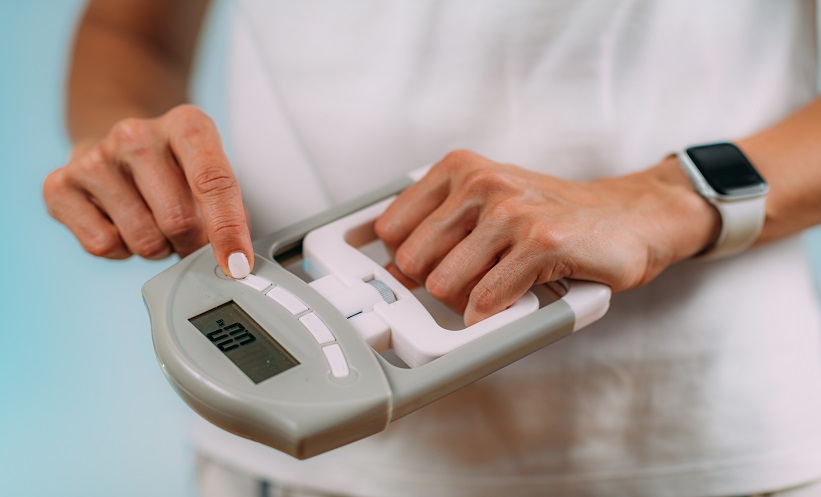JAPANESE researchers have developed a new equation for detecting hyperfiltration, a key indicator of diabetic nephropathy, that incorporates age but not body surface area. This method could enhance early diagnosis, particularly in patients with obesity and older adults, where current detection methods may fall short.
Hyperfiltration, an early marker of kidney disease, is typically assessed using glomerular filtration rate (GFR) corrected for body surface area. However, this approach may fail to detect hyperfiltration in patients with obesity, according to the research team. Additionally, GFR naturally declines with age, making hyperfiltration harder to identify in older adults.
“So, we defined hyperfiltration using GFR without body surface area correction and with correction for ageing,” the team explained.
Tsuda and colleagues analysed data from 180 adults (mean age 56.4 years; 79 men) undergoing evaluation as potential kidney donors. Participants were divided into four groups based on glucose tolerance and BMI: those with normal glucose tolerance without obesity, normal glucose tolerance with obesity, prediabetes or diabetes without obesity, and prediabetes or diabetes with obesity.
While serum albumin, estimated GFR (eGFR) by creatinine and cystatin C, and GFR adjusted for body surface area were similar across all groups, those with both prediabetes or diabetes and obesity exhibited significantly higher blood pressure, urinary albumin excretion (UAE), haemoglobin levels, and uric acid levels. Crucially, when GFR was assessed without body surface area correction, it was significantly higher in this group, suggesting that conventional GFR calculations may fail to detect hyperfiltration.
Further analysis found that older age was associated with lower renal plasma flow and GFR, even without body surface area correction. This indicates that older adults could have hyperfiltration despite normal GFR calculations.
The researchers proposed a new equation for assessing hyperfiltration: GFR = 0.883 × age + 167.398.
“In routine practice, measuring inulin clearance is difficult due to the complexity of the method, and eGFR may not accurately detect hyperfiltration, especially in kidney donor candidates with diabetes,” researchers said. “UAE could serve as an alternative marker, as it is linked to glomerular hypertension and hyperfiltration. However, further studies are needed to establish a UAE threshold for detecting hyperfiltration.”
This new approach could improve early detection of diabetic nephropathy, allowing for timely interventions to protect kidney function in at-risk populations.
Reference
Tsuda A et al. Definition of hyperfiltration taking into account age-related decline in renal function in kidney donor candidates with obesity and glucose tolerance disorder. Hypertens Res. 2024;DOI:10.1038/s41440-024-02020-y.







